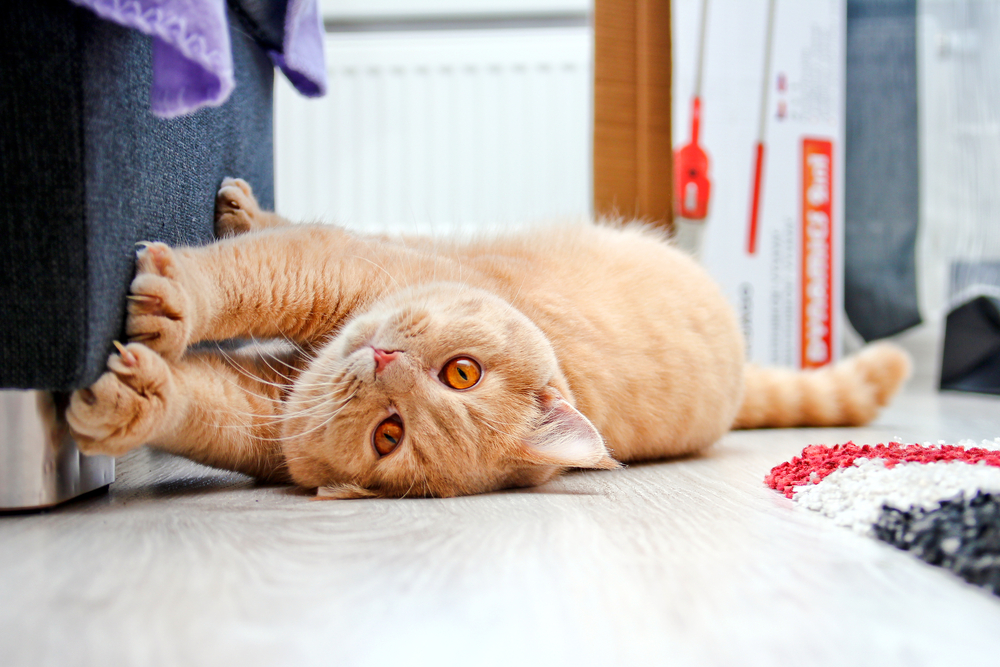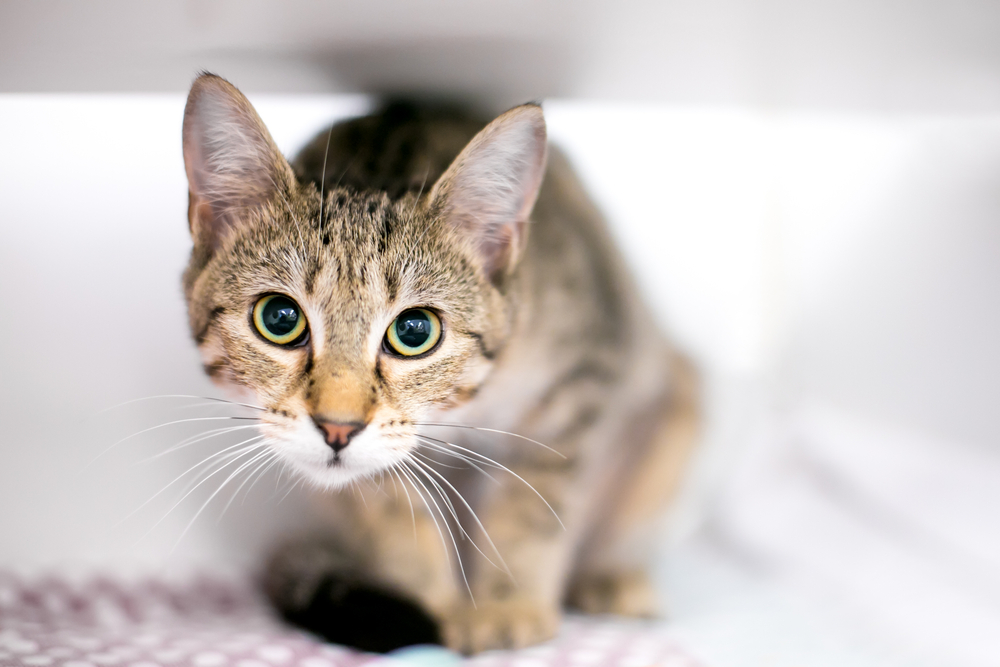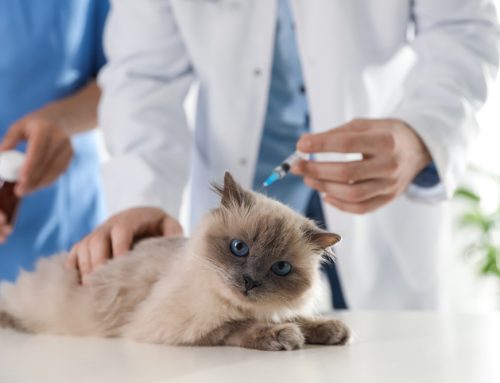Stress can significantly affect your cat, and potentially lead to significant behavioral problems and health issues. Our Boca Midtowne Animal Hospital team knows you want to protect the bond you and your cat share, and we offer information to help you determine if your cat is stressed and ways you can prevent and reduce stress in your household.
What causes stress in cats?
Many situations are potential feline stress triggers, with the most significant including:
- Environmental changes — Cats don’t like change, and changes to their environment can be extremely stressful. Examples include introducing a new baby, construction inside or in close proximity to the home, moving houses, and rearranging furniture.
- Illness — Certain illnesses often cause stress in cats.
- Boredom — Cats who aren’t properly mentally and physically stimulated are often stressed.
- Schedule changes — Cats like a daily routine, and changes (e.g., when the school year starts) can cause stress.
- Intercat conflicts — Cats in multi-cat households tend to be more stressed than single cats. Issues include introducing a new cat, reintroducing a known cat who has been away from home (e.g., at the veterinary clinic), and competing for resources, such as food bowls, litter boxes, and resting places.
- Unsatisfactory cat-human relationship — Cats can be stressed if they don’t get along with someone in the household. Issues can stem from improper socialization and punishment.
What are potential health consequences for stressed cats?
Similar to humans, stressed cats are more prone to health issues, because stress tends to suppress normal immune system function. Specific stress-induced health issues include:
- Feline idiopathic cystitis (FIC) — FIC is often triggered by a stressful event and can lead to bladder inflammation.
- Feline viral rhinotracheitis (FVR) — FVR is caused by feline herpesvirus type-1 and, once a cat is infected, the virus remains in their body. Stress can cause the virus to reactivate, resulting in signs such as sneezing, nasal congestion, and ocular and nasal discharge.
- Skin conditions — Skin conditions, such as skin allergies, are often exacerbated when a cat is stressed.
- Gastrointestinal (GI) problems — Stress may cause GI problems, such as inappetence, vomiting, diarrhea, and constipation.
What are potential behavioral consequences for stressed cats?
Stress can cause cats to exhibit behavioral problems that impact their quality of life and disrupt your household. Examples include:
- Inappropriate elimination — Many stressed cats urinate outside the litter box.
- Hiding — All cats enjoy alone time, but stressed cats tend to hide excessively.
- Destructive behavior — Stress can cause a cat to scratch inappropriate objects, such as your furniture, carpet, and drapes.
- Decreased interaction — A stressed cat typically doesn’t interact frequently with people and other household pets.
- Compulsive behavior — Stressed cats often groom excessively, which can cause hair loss or raw lesions. They may also ingest non-food items, such as rubber bands, hair ties, and plastic.
- Aggression — A stressed cat may act aggressively toward people or other pets.
- Vocalizing — Some stressed cats vocalize excessively.

How can I recognize cat stress?
Stress can be divided into acute stress and chronic stress. Signs include:
- Acute stress — Acute stress occurs when your cat experiences a threat or unexpected incident. Signs include dilated pupils, flattened ears, hissing or growling, crouching close to the ground, and aggression if approached.
- Chronic stress — Chronic stress can be more difficult to recognize, because signs are usually more subtle. Any behavior change, such as those above, can indicate your cat is stressed.
How can I prevent or reduce my cat’s stress?
If possible, you should identify and remove the stressor from your cat’s environment. Other recommendations include:
- Scheduling regular wellness checks — Cats frequently don’t exhibit illness signs until their condition is advanced. Regular wellness checks help our team detect conditions in the early stages before they cause stress for your cat.
- Introducing new pets correctly — If you bring home a new cat or dog, the introductions must be made properly to help the pets acclimate to each other. This process takes time and should not be rushed. Steps include initially keeping the pets separated, introducing them to each other’s scent, and allowing them to see each other from a distance before allowing them to physically meet.
- Ensuring your cat’s litter box setup is satisfactory — Cats are particular about their litter box. Ensure they are satisfied with their setup by:
- Scooping the litter box at least twice a day, and changing out the litter once a week
- Placing the litter box in a quiet, easily accessible area where your cat won’t be disturbed
- Ensuring the litter box is large enough—the box should be as long as your cat from their nose to the tip of their outstretched tail and as wide as your cat from their nose to their tail base
- Providing one to two inches of unscented, clumping litter, which most cats prefer
- Providing one litter box for each cat in the household, plus one extra
- Providing appropriate resources — Ensure every cat in your household has their own food and water bowls, toys, scratching posts, and resting areas.
- Providing vertical space — Cats like to view their environment from up high, so ensure they have plenty of elevated resting areas.
- Making mealtimes entertaining — Use a food puzzle toy to make mealtimes more exciting.
- Playing with your cat — Schedule play time with your cat each day to ensure they are appropriately mentally and physically stimulated. Rotate their toys frequently, so they don’t get bored.
Following these tips should help keep your cat’s stress levels at a minimum. If your cat is exhibiting behavioral changes, contact our team at Boca Midtowne Animal Hospital, so we can determine if a medical condition is contributing to the problem.








Leave A Comment